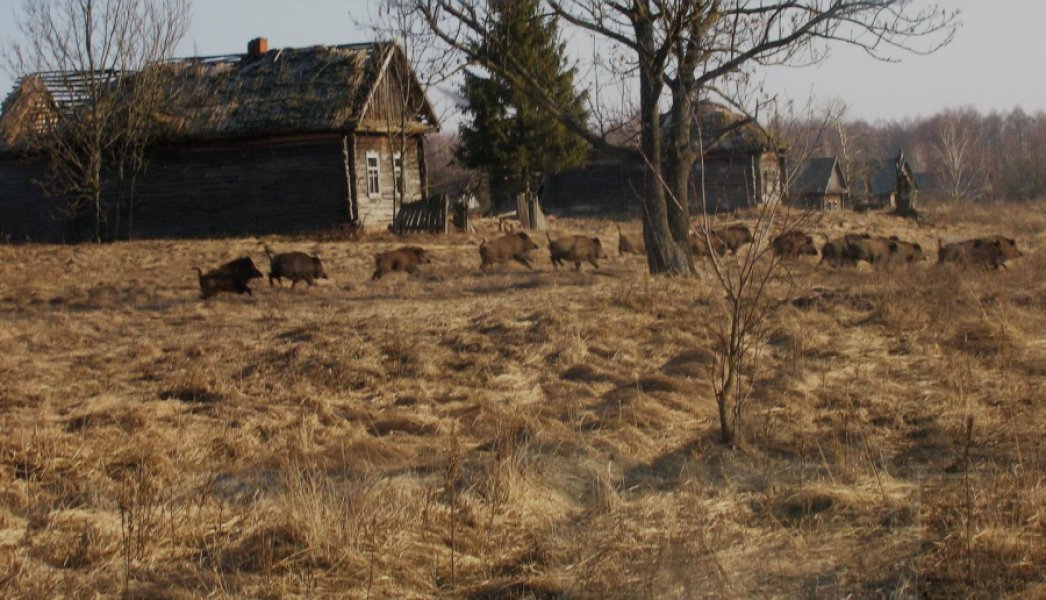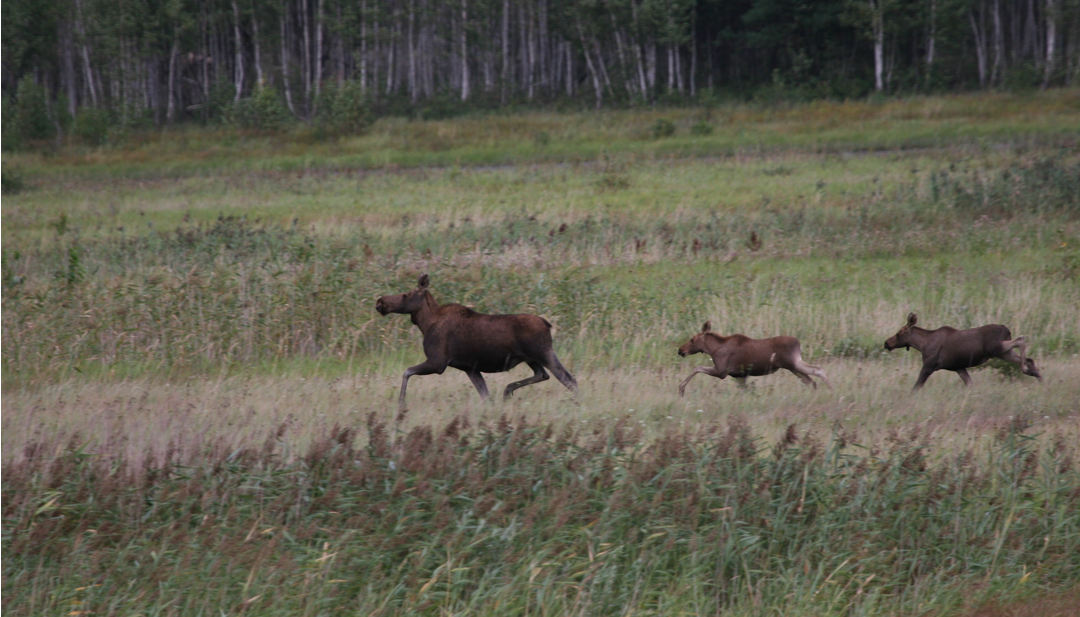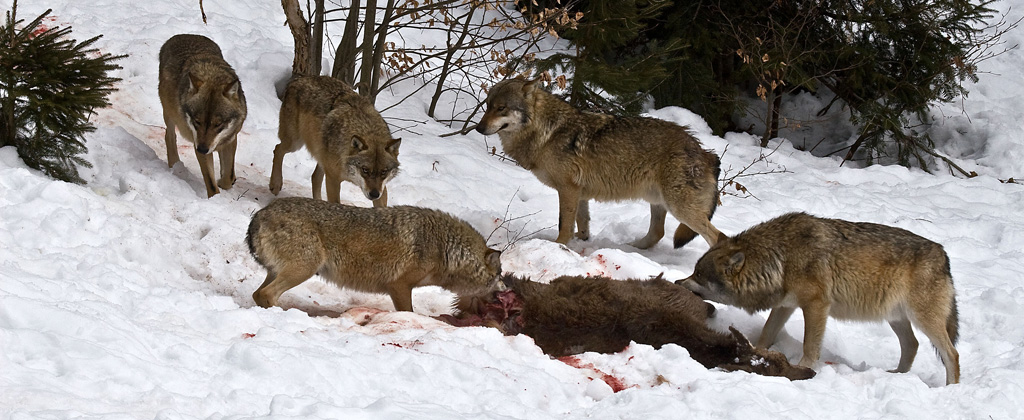For wildlife, man turned out to be worse than radiation: Chernobyl turns into a natural reserve

After the largest technological disaster in the history of mankind, which occurred on April 26, 1986 at the Chernobyl nuclear power plant, thousands of residents were forced to leave their homes. The whole region has become unsuitable for the life of people over the next few hundred years. But nature does not tolerate emptiness - after the exodus of man from Chernobyl, the exclusion zone became a natural reserve for elks, roes, deer, wild boars, wolves and many other animal species, whose living space was invaded by people.
This information was published on October 5 by the journal Current Biology, which once again confirms the persistence of living nature and its ability to adapt. This information also provides an important lesson and understanding of how areas of later man-made disasters will develop, for example, in Japanese Fukushima.
“The number of wild animals in the Chernobyl zone has increased significantly compared with the period before the accident,” says Jim Smith from the University of Portsmouth in the UK. "We do not say that radiation has a positive effect on wildlife, no, but there is a fact that human activity in the face of agriculture and forestry, housing construction, etc., has more negative consequences."
')
Immediately after the accident, investigations on an area of 4,200 square kilometers in the Chernobyl exclusion zone showed a clear decline in the population of wild animals. New data collected over many years of census and animal registration say that the mammal population has made a kind of “rebound” and has increased significantly.

The livestock of moose, roe deer, red deer and wild boar in the exclusion zone is similar to the livestock in four other reserves of the region not contaminated with radiation, and there are seven times more wolves. Studies have shown a growth trend in the mammalian population from 86 to 96th years. The fall of the wild boar population during this period had nothing to do with radiation - the cause was an outbreak of infection.
“These results show that for three decades the Chernobyl zone has been able to become home to a huge number of mammals, even under the condition of constant exposure,” the researchers conclude.
“I have been studying and photographing the animal world in the Chernobyl zone for the last twenty years, and I am very glad that our work was appreciated by an international scientific audience,” shared Tatyana Deryabina from the Polesye State Radio-Ecological Reserve in Belarus. “This data is unique. They illustrate the resilience of wildlife populations if they are freed from the pressures of human activity, ”added co-author Jim Beasley.

But not everything is as rosy as the scientists describe. Man still interferes in the processes in the Chernobyl zone. The population of hoofed poachers is seriously "mowed down", and the huge population of wolves, which is regulated by humans in protected reserves, has a considerable influence. But if the population of predators always depends directly on the number of game, the intervention of poachers in the processes taking place in the Chernobyl zone is not compensated by anything.
via Science Daily
Source: https://habr.com/ru/post/366595/
All Articles